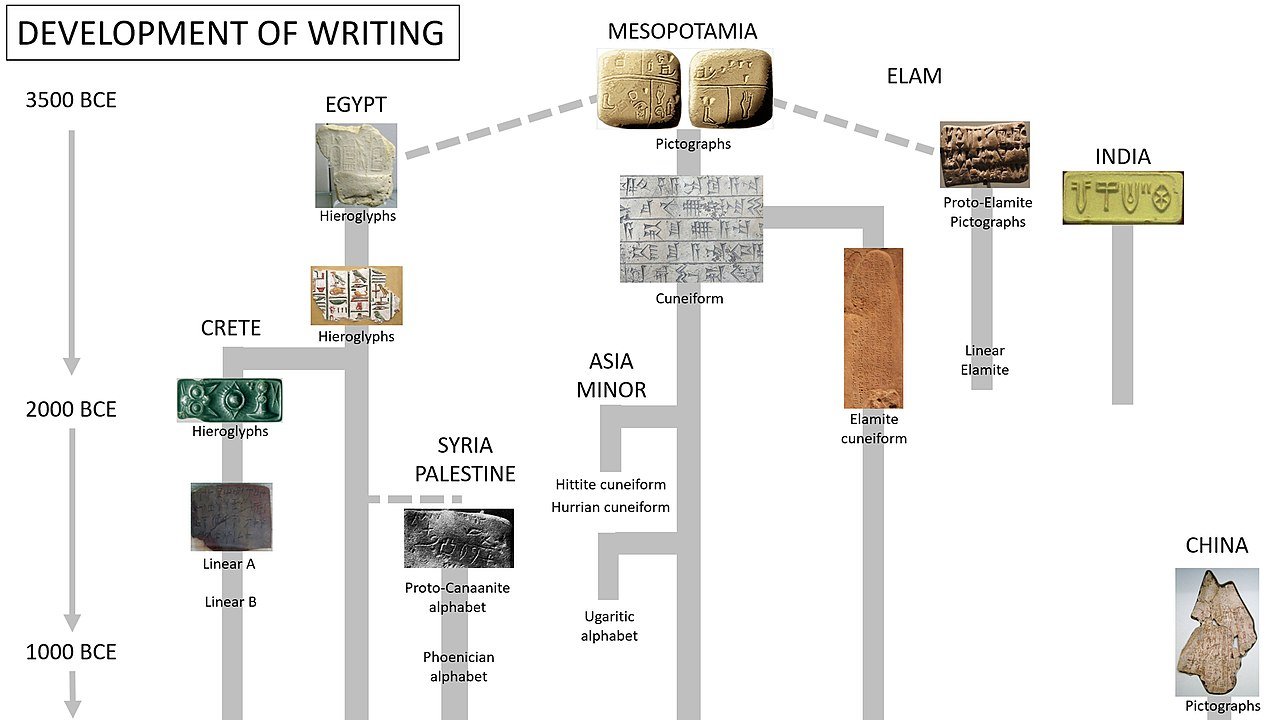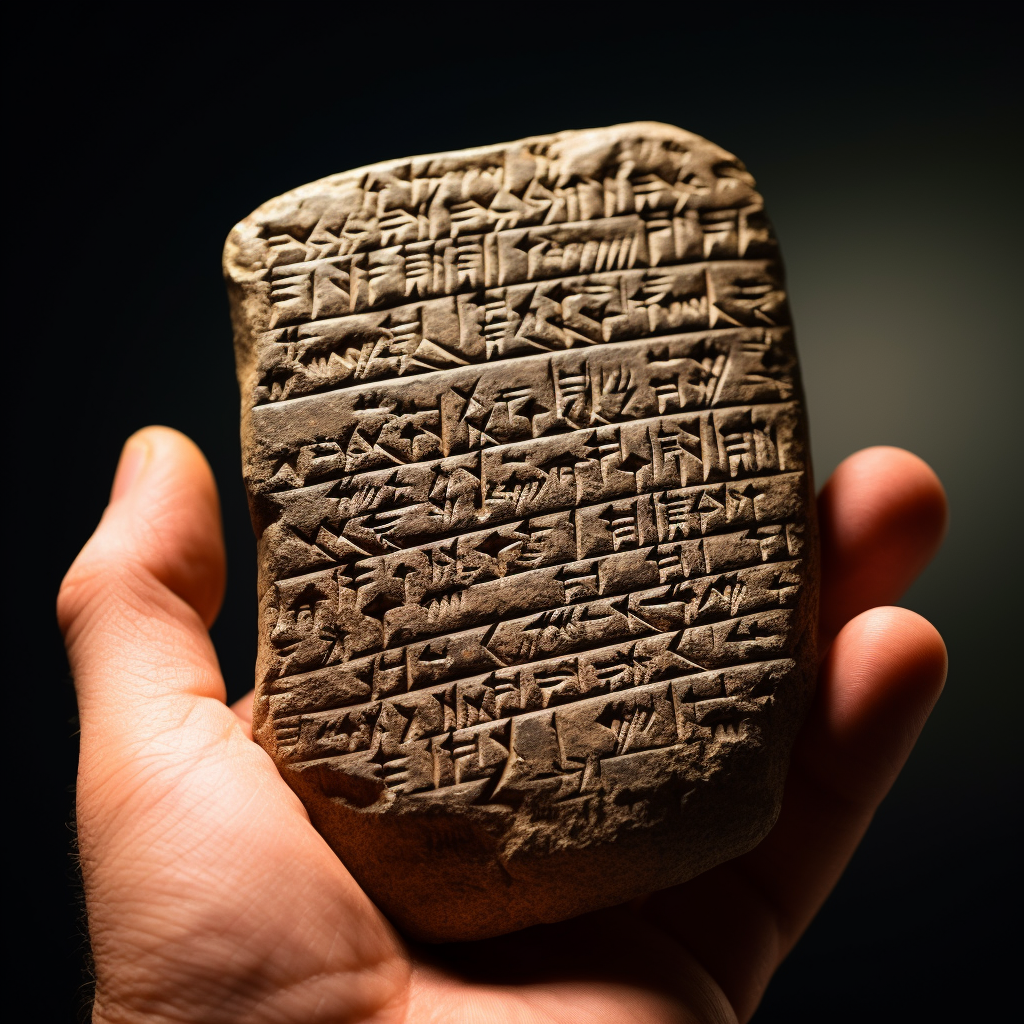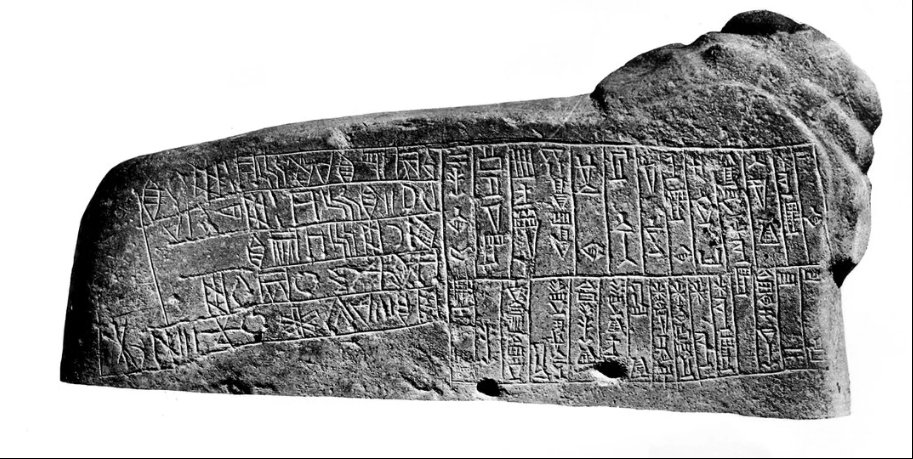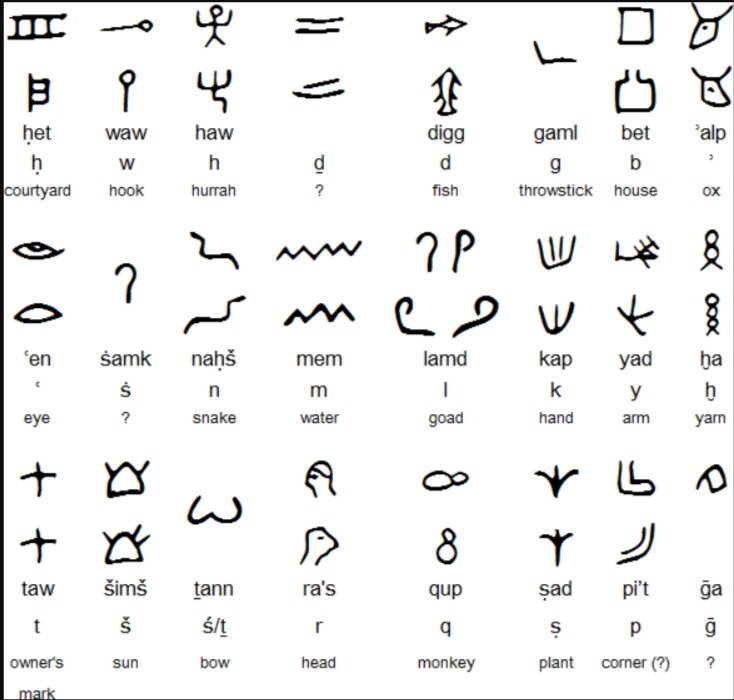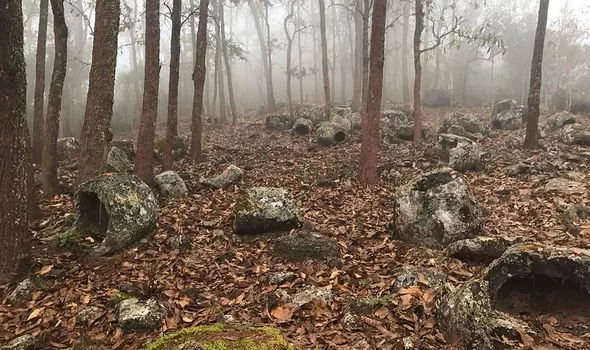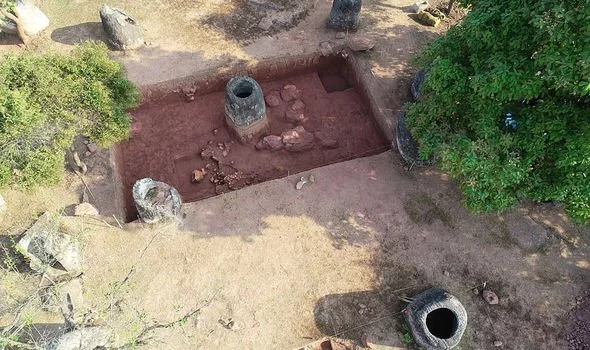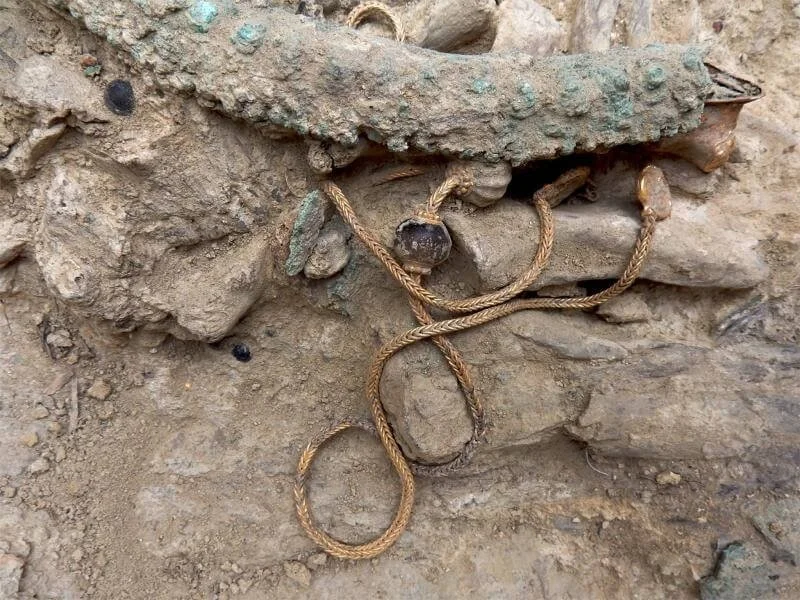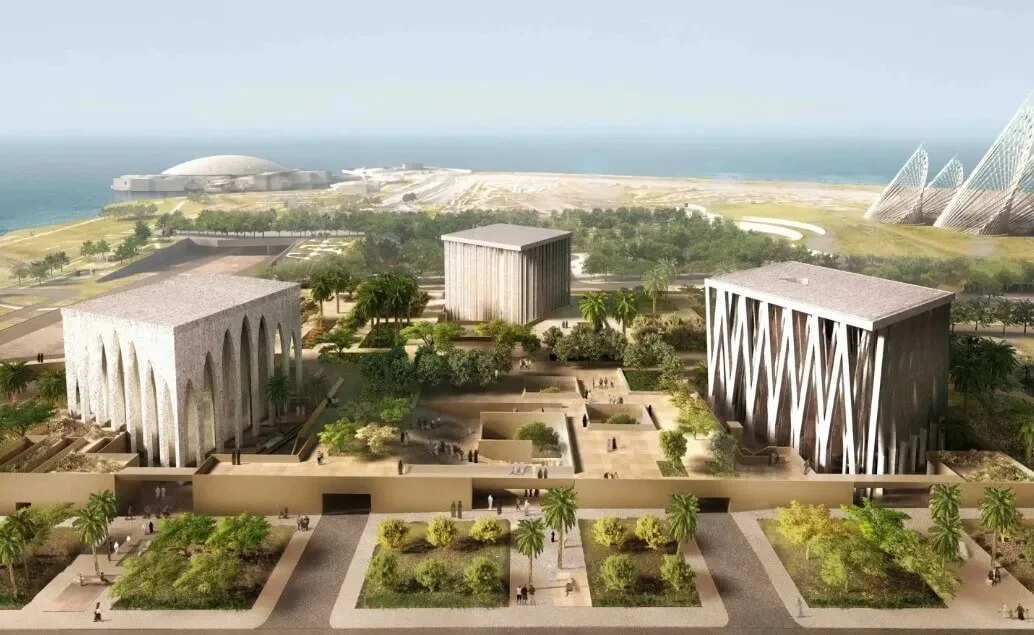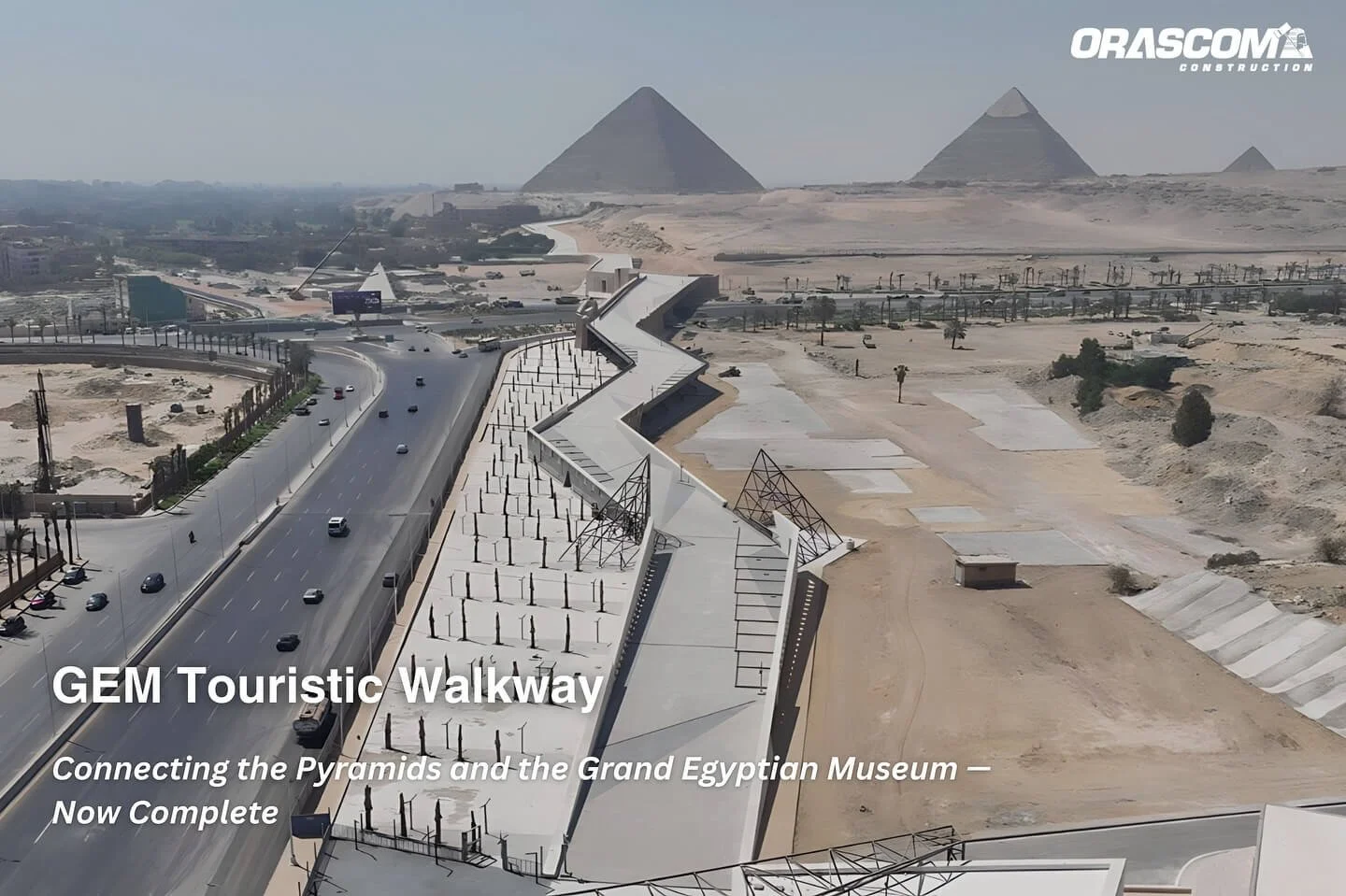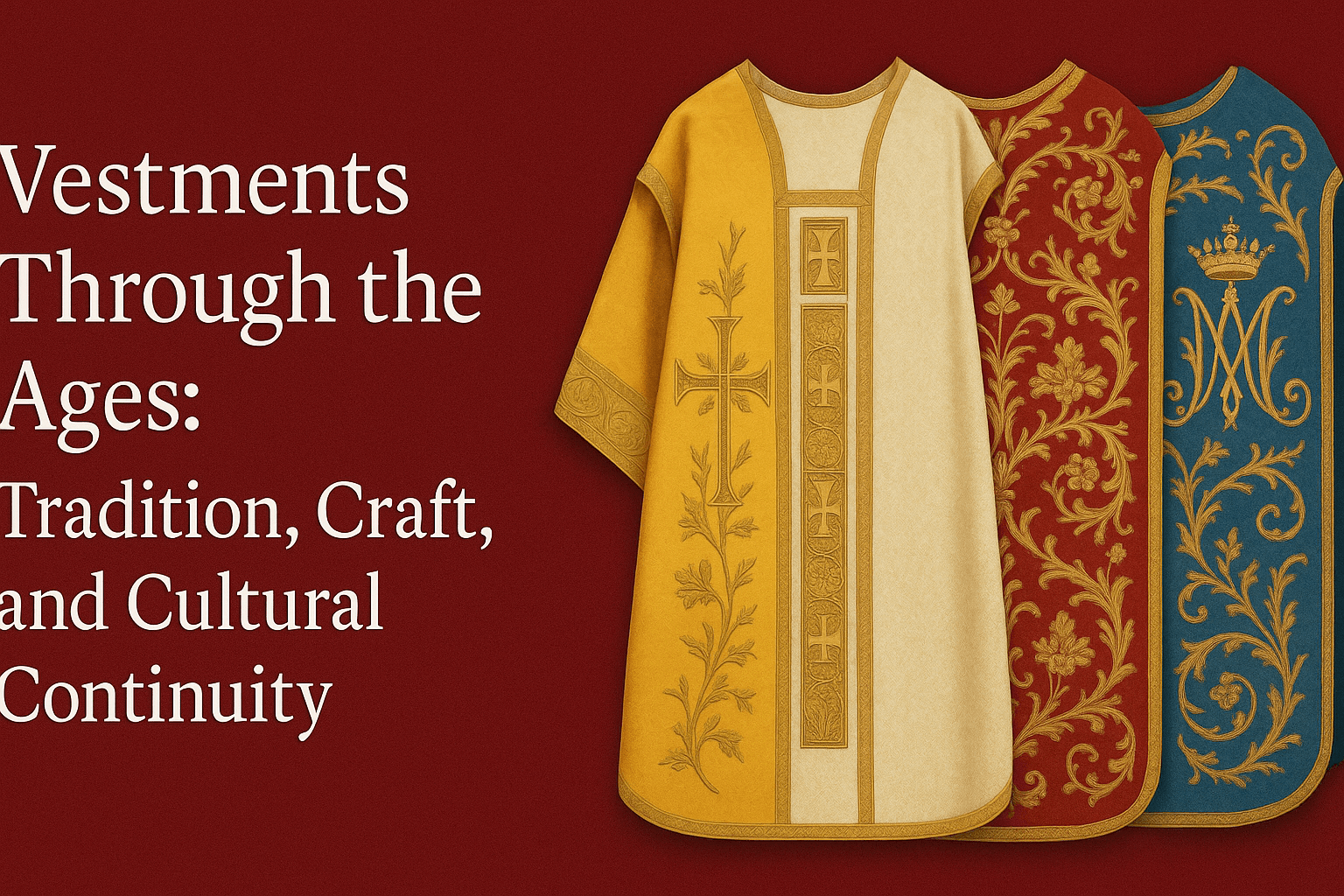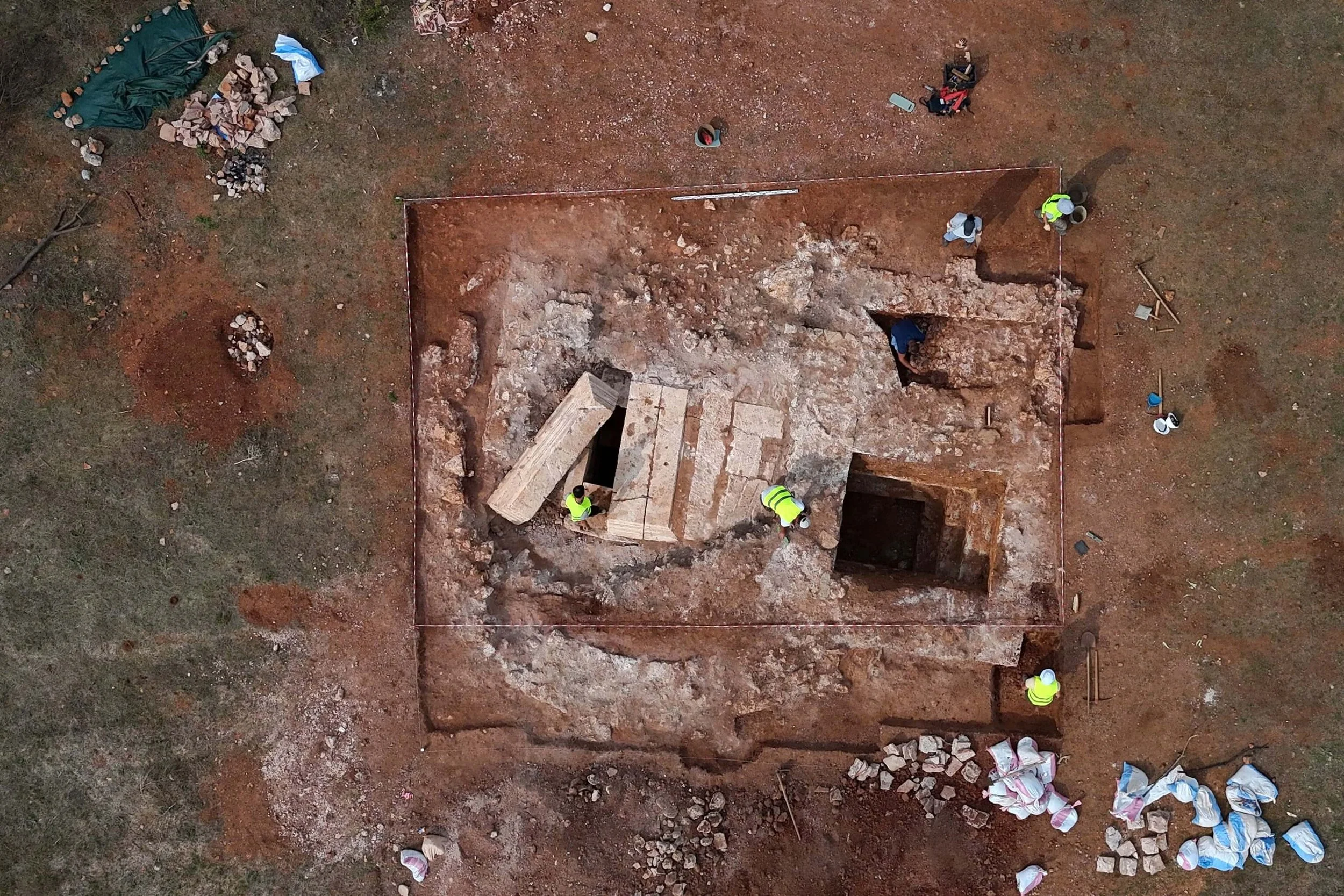The Colossus of Rano Raraku: Unveiling the Mysteries of "El Gigante" on Easter Island
Nestled on the remote and enigmatic Easter Island, known to its indigenous people as Rapa Nui, stands one of the most awe-inspiring testaments to ancient ingenuity and determination: the Moai statue known as "El Gigante." Located near the Rano Raraku Quarry, the very cradle of these monolithic figures, El Gigante towers above its counterparts, measuring an astounding 22 meters in height. This monumental statue, although never completed or erected, encapsulates the ambition and the spiritual fervor of the Rapa Nui people, offering insights into their culture, beliefs, and technological prowess.
The Enigma of Construction and Transportation
The soft volcanic tuff from which the Moai were carved played a pivotal role in their creation. This material, found abundantly at the Rano Raraku Quarry, is characterized by its relatively soft composition, which facilitated the intricate carving process. However, the softness of the rock also meant that the statues were vulnerable to erosion, adding a layer of urgency and reverence to their preservation and study.
The construction and eventual transportation of these statues have baffled historians and archaeologists for centuries. Theories abound, from the use of wooden log rollers to the intriguing idea of a walking method, where ropes were used to rock the statues back and forth in a painstaking procession towards their ahu (ceremonial platforms). Despite the differing opinions, what remains indisputable is the incredible effort and organization required to envision and execute such feats, underscoring the advanced societal structure of the Rapa Nui people.
Theories Behind the Moai Constructions
Theories on why the ancient Rapa Nui people embarked on such monumental undertakings are as varied as they are fascinating. Some scholars posit that the statues were created to honor ancestors, chiefs, or other important figures, serving as a conduit between the spiritual and the living world. These towering figures were not merely artistic expressions but imbued with religious significance, watching over the inhabitants with their backs to the sea, guarding the communities, and projecting power and prestige.
Another theory suggests that the construction of Moai was intricately linked to the island’s social and political structure, with rival clans competing in a display of power and divine favor by erecting ever larger and more imposing statues. This competition might have driven the island's finite resources to the brink, contributing to its eventual ecological collapse.
The People Behind the Giants
The Rapa Nui civilization, isolated in the Pacific Ocean, developed a unique culture and society that flourished for centuries. The creators of the Moai were Polynesians, master navigators who, according to recent studies, might have settled on the island around the 12th century. Their society was hierarchically structured, with a paramount chief (ariki mau) overseeing the island's political and religious affairs. The clans, or ‘mata,’ were the backbone of Rapa Nui society, each responsible for the commissioning and construction of Moai to honor their ancestors and assert their status.
Several theories have suggested a link between the inhabitants of Easter Island and Native South Americans, fueled by similarities in agricultural practices, linguistic ties, and genetic studies. Thor Heyerdahl's mid-20th-century Kon-Tiki expedition famously posited that Polynesians, including those on Easter Island, could have originated from South America, based on the capability of ancient peoples to navigate vast ocean distances. Recent DNA evidence supports the notion of pre-European contact between these populations, indicating some level of interaction and exchange, thereby enriching the cultural and genetic tapestry of the Rapa Nui people.
"El Gigante" stands as a silent witness to the ambitions and spiritual beliefs of the Rapa Nui people. Its sheer size and the mystery of its unfinished journey from the quarry to its intended ahu speak volumes about the complexity and depth of this ancient culture. The Moai of Easter Island, especially the colossal El Gigante, continue to captivate the imagination of the world, reminding us of the incredible capabilities of ancient civilizations and the enduring quest to understand our shared human past.



























